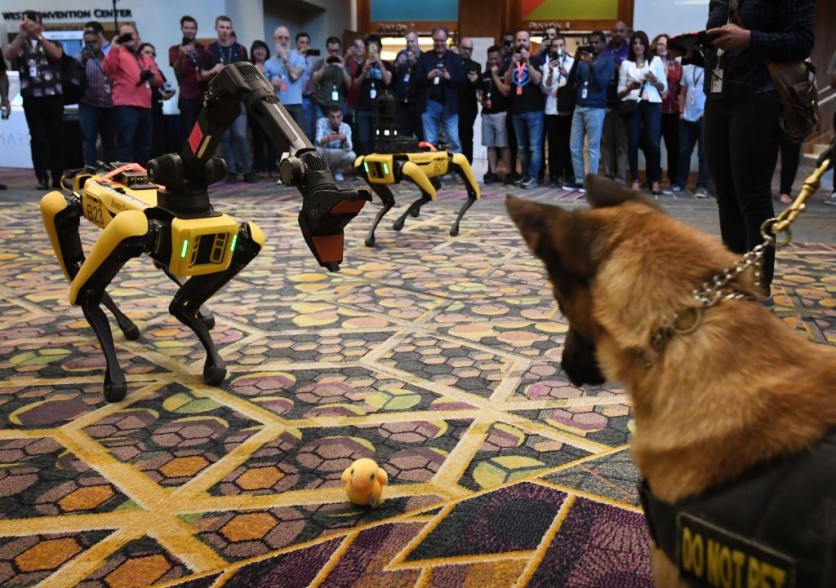Robotic engineering has evolved further as the University of Eastern Finland announced the development of innovative algorithms that enable robot dogs' efficient navigation in crowded spaces.
According to the official release, researcher Chengmin Zhou used in their dissertation reinforcement learning algorithms (RL) for the navigation of service robots.
Interesting Engineering reported that most robotic dogs have difficulty in autonomous navigation in the middle of a crowd. Current approaches take too much computational resources and are unsuitable for real-time applications requiring real-time decision-making.
The new algorithms allow robot dogs to make abrupt shifts and frequent changes in direction in real-time. The release noted that these advanced algorithms may be integrated into the robot's inbuilt computational system to address navigation challenges in scenarios with numerous moving obstacles.

Real-Time Decision Making Robot Dogs
With the "model-free reinforcement learning algorithms," the robot dogs can move quickly as these machines can learn from their experiences and adapt to new settings. The release outlines the implementation of three technical aspects to improve the robot's navigation.
First is the discrete actions, which give robots limited action choices for their next move. Next is the integration of real-time and historical data. It involves merging data gathered in real time during robot operations with previously collected historical data. This data integration helps enhance the robot's learning and adapting.
Third is exploiting relational data, which utilizes the relationship between the robot and obstacles during the training. The created methods were evaluated using computer simulations and in a laboratory setting at Shenzhen Technology University in China.
Zhou's doctoral dissertation entitled "Deep reinforcement Learning for crowd-aware robotic navigation" will be examined at the Faculty of Science, Forestry and Technology in Joensuu Science Park on October 19.
Interesting Engineering reported that robotic dogs were seen as valuable assets in various industries, including military operations, package delivery services, and search and rescue missions. The report described the latest development as a possible "game changer" in developing "resilient robots."
A group of engineers at the Swiss Federal Institute of Technology in Lausanne (EPFL) was also reported to have developed a four-legged robot dog that can run almost entirely on its own.
US States Using Robotic Dogs
Canine robots have been publicly utilized before. Wired reported last April that robot dogs are back as part of the New York police force. Each robotic dog reportedly cost around $75,000, including the cameras and sensors affixed to their bodies.
The New York Police Department (NYPD) announced the acquisition of two of Boston Dynamic's "Spot bots." While the robot canines are autonomous, the NYPD noted that they will not be patrolling the streets on their own.
The canine robots will be used in certain situations, like when people's lives are at risk, similar to how the department already deploys bomb-squad robots. Aside from the "Spot bots" tests, the NYPD is also testing the Knightscope K5 security robot.
The Los Angeles Police Department (LAPD) also recently received a robotic dog as a donation from the Los Angeles Police Foundation. The new "Quadruped Unmanned Ground Vehicle" reportedly cost around $278,000.
Related Article : Boston Dynamics Robot Dogs Undergoes Training to Paint for National Gallery of Victoria





